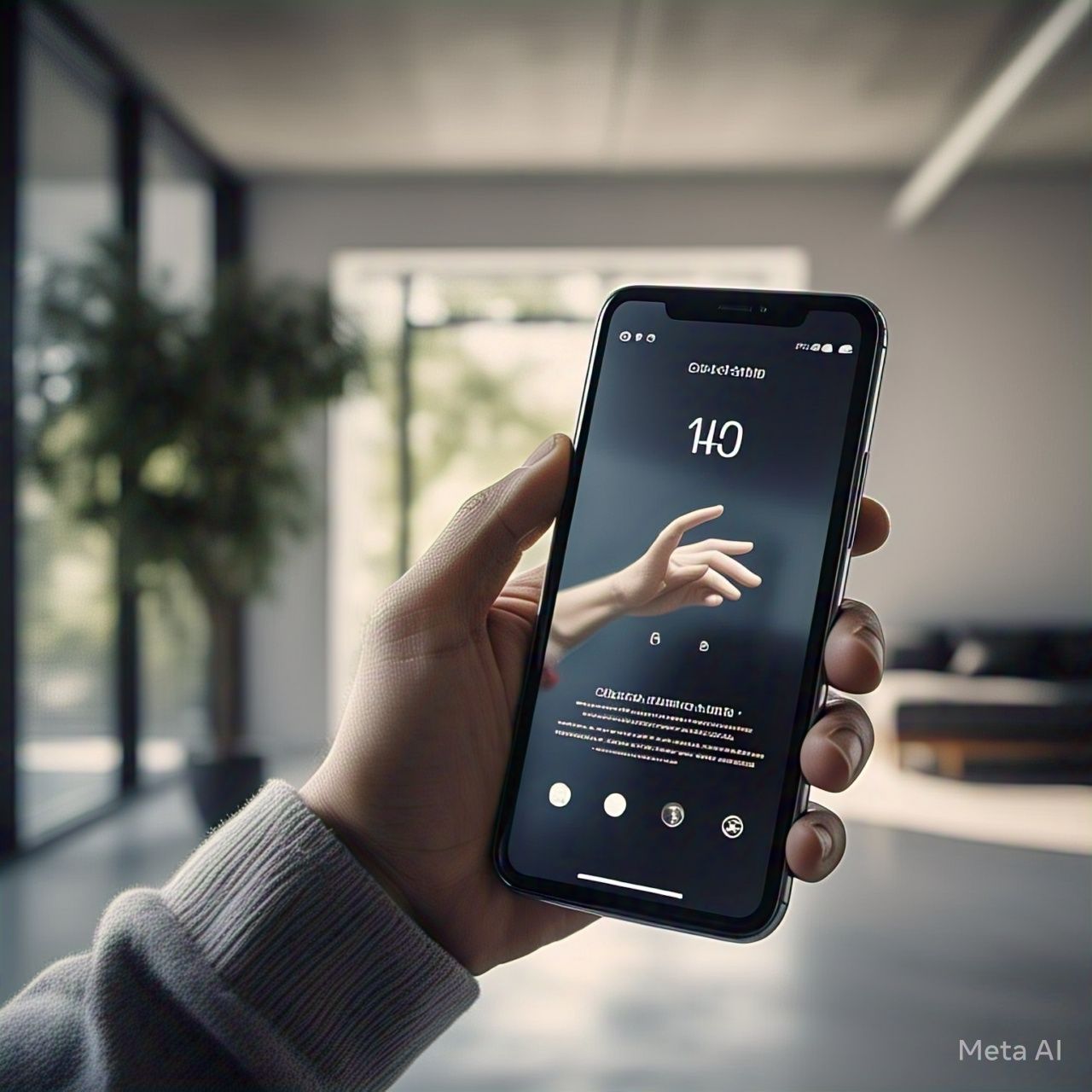Introduction
In today’s fast-paced digital world, smartphones are evolving beyond traditional touch-based interactions. AI-based gesture recognition is emerging as a revolutionary technology that enables users to control their devices using hand movements, facial expressions, and even eye tracking. This advancement enhances accessibility, user experience, and device efficiency, making smartphones smarter than ever before.
Understanding AI-Based Gesture Recognition
What is Gesture Recognition?
Gesture recognition is a technology that allows devices to interpret human movements and convert them into commands. It leverages computer vision, deep learning, and sensor-based technologies to recognize and process gestures in real-time.
How AI Enhances Gesture Recognition
Artificial intelligence plays a crucial role in refining gesture recognition by:
- Improving accuracy through deep learning models.
- Reducing latency for real-time responsiveness.
- Adapting to user behavior through machine learning algorithms.
- Enhancing security with biometric gesture authentication.
The Technology Behind AI-Based Gesture Recognition
1. Machine Learning and Deep Learning
AI-driven gesture recognition systems rely on neural networks that analyze large datasets of human movements. These models continuously learn and improve, enabling smartphones to recognize even subtle gestures.
2. Computer Vision
Computer vision enables smartphones to detect and interpret hand gestures, facial expressions, and eye movements using the front and rear cameras. AI algorithms process this visual data to execute commands seamlessly.
3. Sensors and Infrared Technology
Modern smartphones integrate gyroscopes, accelerometers, and infrared sensors to detect motion-based gestures accurately. These components work with AI to ensure smooth and efficient recognition.
Benefits of AI-Based Gesture Recognition in Smartphones
1. Hands-Free Control
Users can navigate their smartphones without touching the screen, making it an ideal solution for accessibility and convenience. This feature is particularly useful while driving, cooking, or multitasking.
2. Enhanced Accessibility
For individuals with disabilities, AI-powered gesture recognition provides an inclusive experience by enabling them to control their devices using facial expressions or head movements.
3. Improved Security
Gesture recognition can be used for biometric authentication, adding an extra layer of security. Unique gestures or facial movements can replace traditional PINs and passwords.
4. Gaming and Augmented Reality (AR)
AI-powered gesture controls enhance mobile gaming and AR experiences by allowing players to interact more naturally with virtual environments.
5. Energy Efficiency
By minimizing unnecessary screen interactions, AI-based gesture recognition helps conserve battery life and improve device performance.
Real-World Applications of Gesture Recognition in Smartphones
1. Virtual Assistants and Smart Controls
AI-driven gestures can trigger voice assistants like Google Assistant and Siri, allowing users to perform tasks without physical input.
2. Smart Home Integration
Smartphones equipped with gesture recognition can control smart home devices, such as adjusting lights, playing music, or managing security cameras with simple hand movements.
3. Contactless Payments
Future mobile payment systems could integrate gesture recognition for secure, touch-free transactions, reducing reliance on physical contact.
4. Healthcare and Assistive Technology
Gesture-controlled smartphones can assist patients with mobility impairments, enabling them to communicate and navigate digital platforms effortlessly.
The Future of AI-Based Gesture Recognition
As AI continues to advance, gesture recognition technology will become more intuitive and widespread. The integration of 5G, edge computing, and neural processing units (NPUs) will further enhance its speed and accuracy, making smartphones more interactive and user-friendly.
Conclusion
AI-based gesture recognition in smartphones is transforming the way users interact with their devices. By enabling touchless navigation, improved security, and seamless accessibility, this technology is shaping the future of mobile computing. As AI-driven innovations continue to evolve, smartphones will become more responsive, intuitive, and inclusive, providing users with an unmatched digital experience.
Businesses and developers that leverage AI-powered gesture recognition will stay ahead of the curve, delivering smarter and more engaging solutions in the mobile industry.




